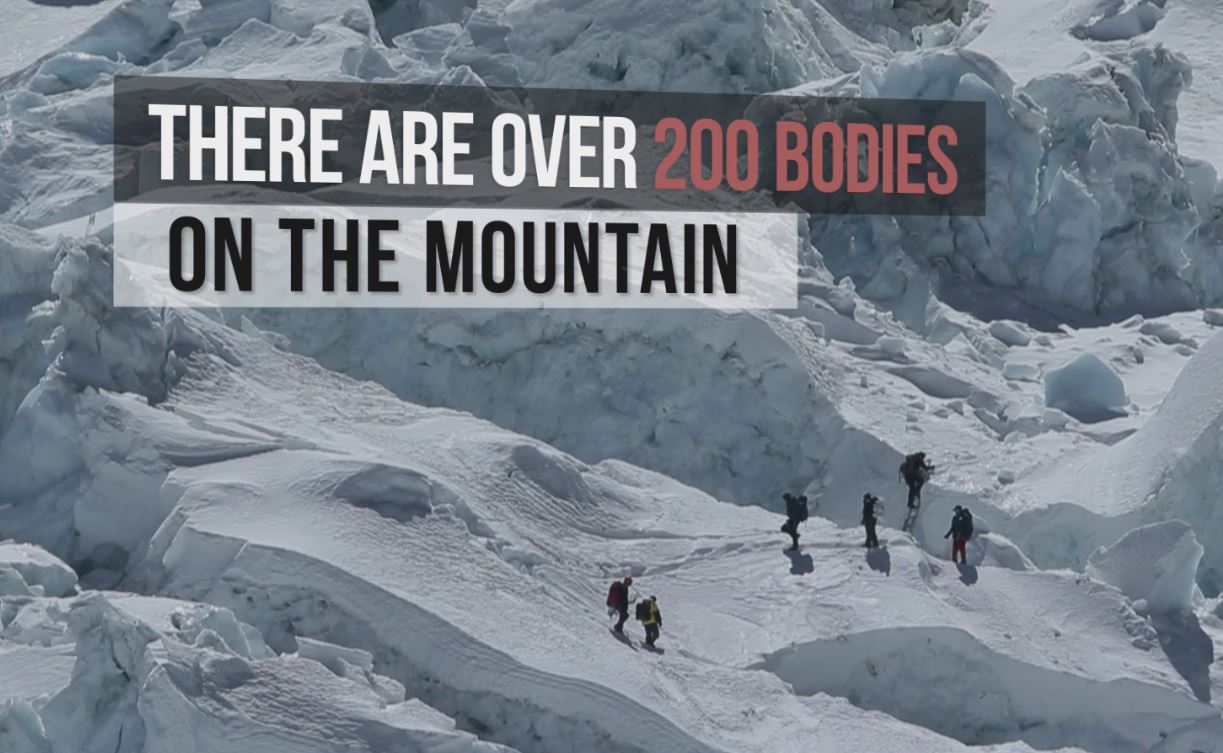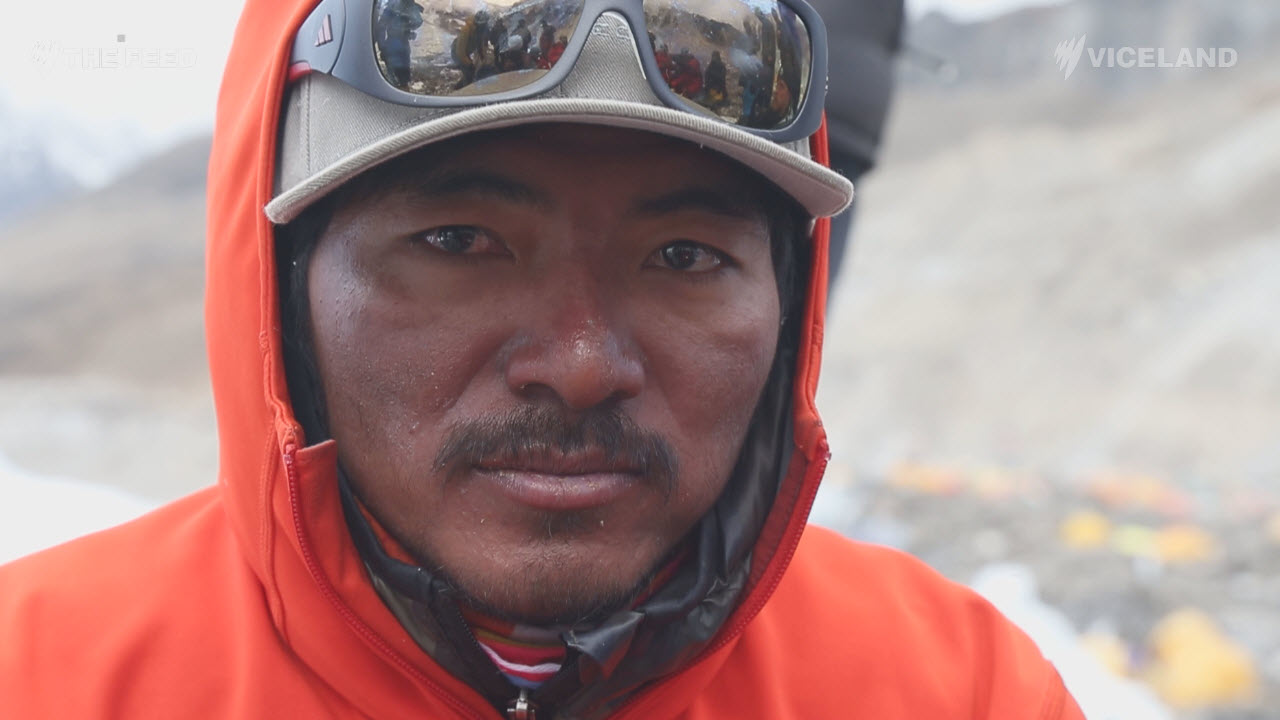There’s a scenario in ethics known as the Trolley Dilemma.
Picture a runaway (a train carriage) headed straight for five people tied up and unable to move. You are standing next to a lever. If you pull this lever, the trolley will switch to a side track and the five people will be saved. However, there is one person on the side track. You have two options:
- Do nothing, and the trolley kills the five people on the main track.
- Pull the lever, diverting the trolley onto the side track where it will kill one person.
Do you have an ethical responsibility to act? And if so, what choice do you make? Everest Base Camp Rescue Manager, Anthony Gordon, finds himself grappling with a variation of this scenario every other day he and his team of five sherpas are on the job. Here’s how one such scenario played out in 2016, the rescue team’s first year on the mountain:
Everest Base Camp Rescue Manager, Anthony Gordon, finds himself grappling with a variation of this scenario every other day he and his team of five sherpas are on the job. Here’s how one such scenario played out in 2016, the rescue team’s first year on the mountain:

Source: SBS
“We had a call from quite a distressed Indian expedition [a climber, Chetna, and her Sherpa guide.] They supposedly summited around 10am this morning. So they'd been above 8,500 metres for a long time [this altitude is known as the ‘death zone’]. I think by the time we get there, there's a significant chance they will have died.
“It's very awkward for a rescue team to receive a call like that, pleading for help, knowing that if you say 'no', two people will die; saying 'yes' six people could die.”
What’s more, that night 100 more climbers were about to set off – and there was every chance the rescue team would be needed for another mission with more lives on the line.
Gordon made the decision to send his two most capable sherpas, Mingma and Nima, into the death zone -- above the altitude that most helicopters can access.
The faint sound of Indian music carrying through the dark alerted the sherpas to Chetna. She was – just barely – alive.
"Locating Chetna was only one part of the mission. Descending Everest is more deadly than ascending the mountain."
“She was effectively sitting there waiting to die, listening to her radio,” recalls Gordon.
But locating Chetna was only one part of the mission. Descending Everest is more deadly than ascending the mountain. Chetna had extreme frostbite in her hands, feet and face. She was also severely dehydrated and oxygen-deprived. She could barely stand, let alone power her pic and clamp-on into the ice. Ahead of them was a sheer vertical blue ice face.
Chetna had extreme frostbite in her hands, feet and face. She was also severely dehydrated and oxygen-deprived. She could barely stand, let alone power her pic and clamp-on into the ice. Ahead of them was a sheer vertical blue ice face.

"You could see Mingma's eyes: there was nothing left. I've never seen sherpas so exhausted." Source: SBS
“She had no dexterity, no balance. That is an extremely dangerous situation. It's probably one of the most dangerous situations on Earth.”
Everyone survived that mission. But over the course of the season -- a total of 52 rescues -- climbers and sherpas did die on the mountain.
“Sherpas are honestly the greatest human beings on the planet. And without them, there would be no summits, and a lot more deaths,” says Paramedic Jeff Evans.

